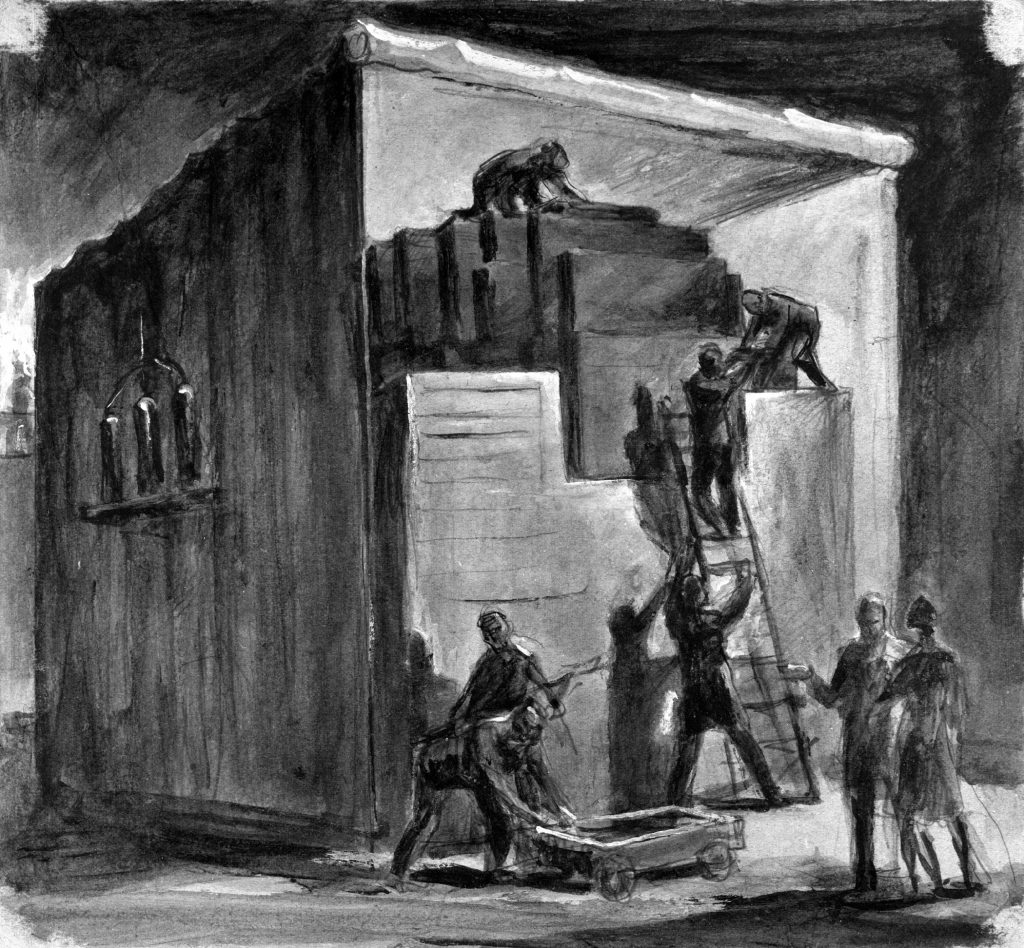Francis L. Friedman was a theoretical physicist and group leader at the University of Chicago’s Metallurgical Laboratory (“Met Lab”) during the Manhattan Project.
In 1942, Friedman joined the Met Lab as a group leader in theoretical physics. At the Met Lab, he did plutonium-based physics research. He worked at the Met Lab until 1946.
He was also one of seventy scientists to sign the Szilard Petition. Written by physicist Leo Szilard, the document petitioned the President to decide against dropping the atomic bomb on Japan.
Early Years
Francis Lee Friedman was born in New York City in 1919. At Harvard University, he received his bachelor’s degree in 1939 and his master’s degree in 1940.
In 1941, he served as a graduate assistant at the University of Wisconsin and an assistant physicist at the National Bureau of Standards.
Later Years
In 1946, he became a research associate at the Massachusetts Institute of Technology (MIT). Friedman also pursued his Ph.D. while there and received it in 1949.
After earning his Ph.D., he began to teach at MIT. In 1958, he became a full-time professor at the university. Friedman was also engaged in research. His main research focuses were nuclear and theoretical physics and in cosmic-ray shower theory.
During this period, he also served as a consultant for the Atomic Energy Commission (AEC). Additionally, Friedman participated in the State Department’s Troy Project, Project Lexington (nuclear-power flight), and Project Hartwell (undersea warfare).
Friedman helped organize and develop the Physical Science Study Committee at MIT (est. 1956). In 1960, he was appointed the Director of the Science Teaching Center at MIT. The center’s mission was to improve science teaching at the collegiate level.
At the age of forty-three years old, Francis Lee Friedman died on August 4, 1962 in Boston, Massachusetts.
For more information about Francis L. Friedman, please see the following reference:





